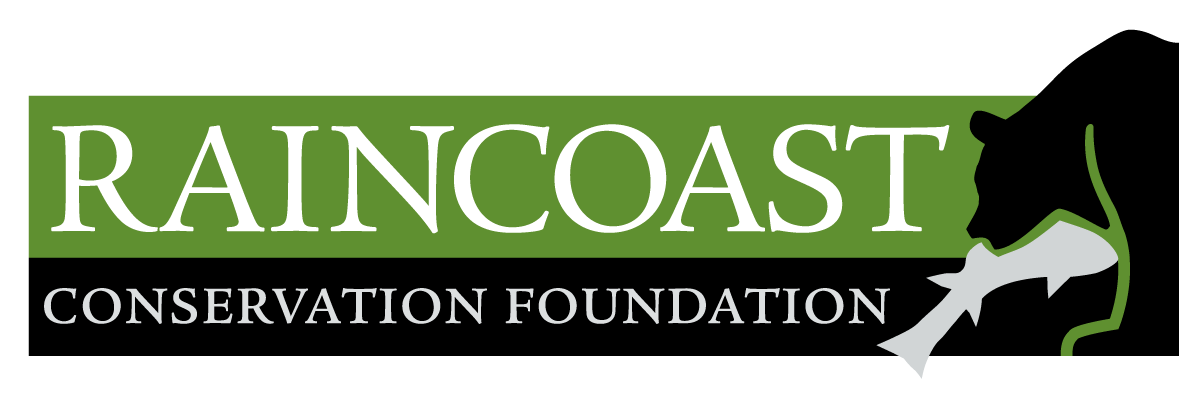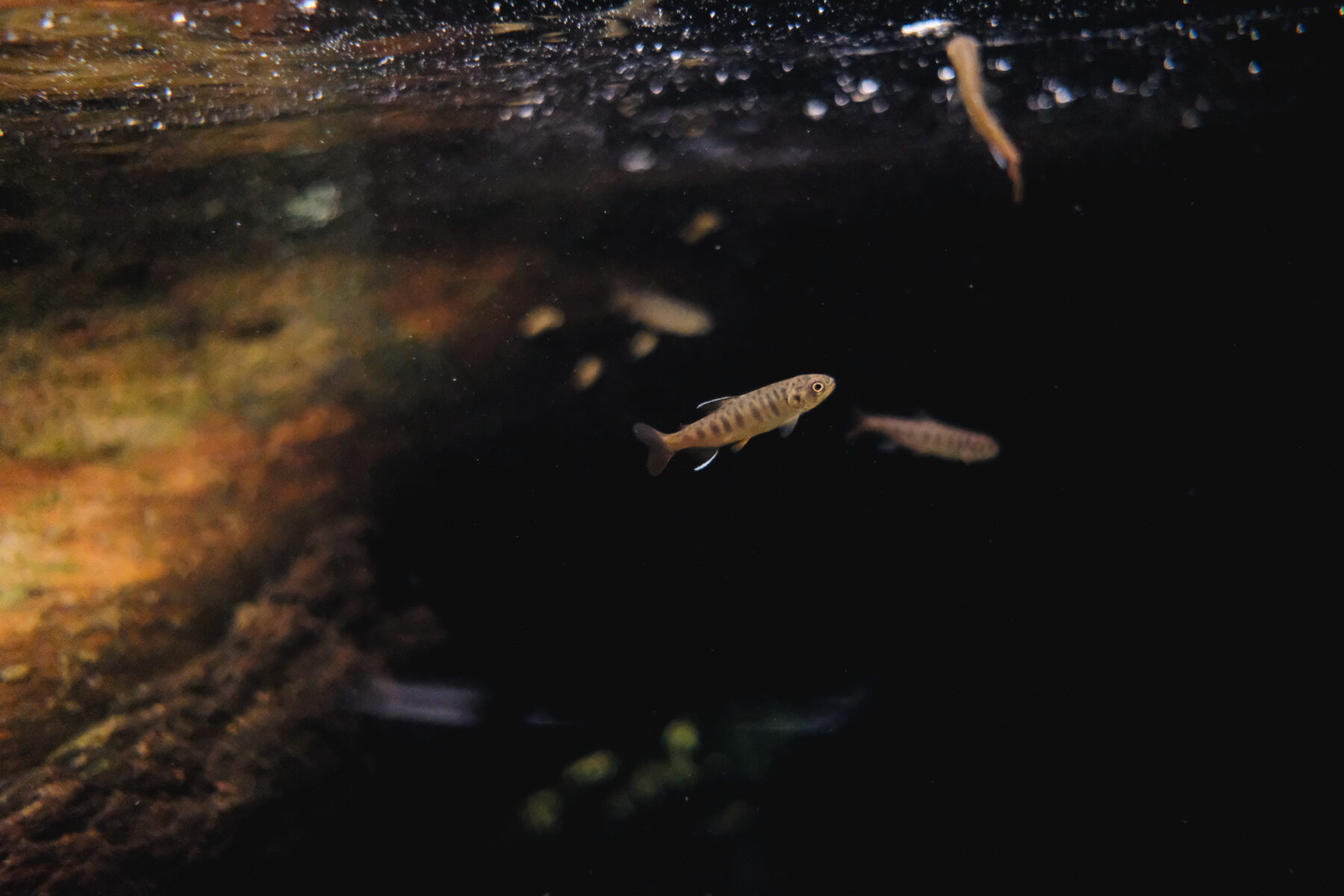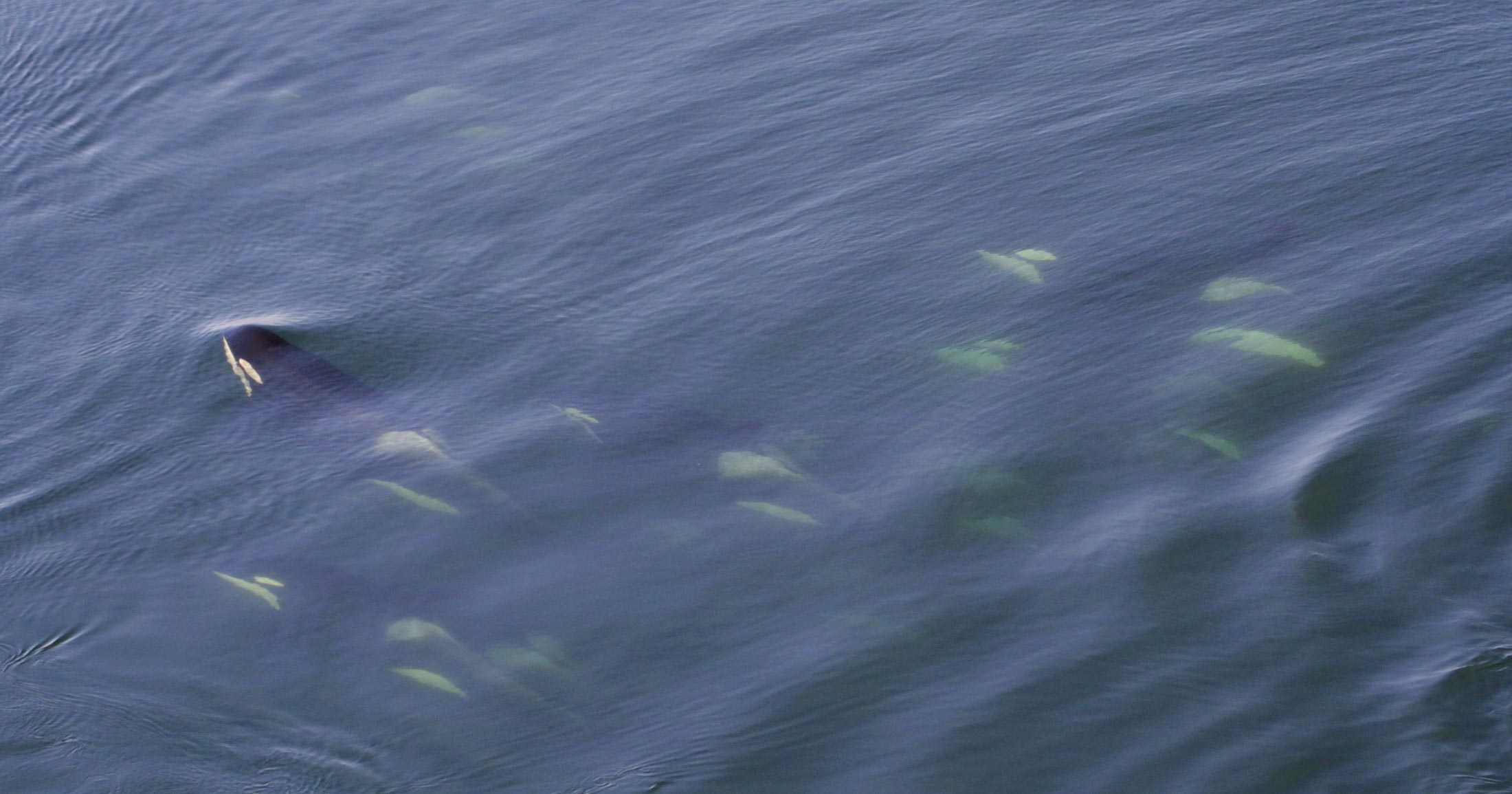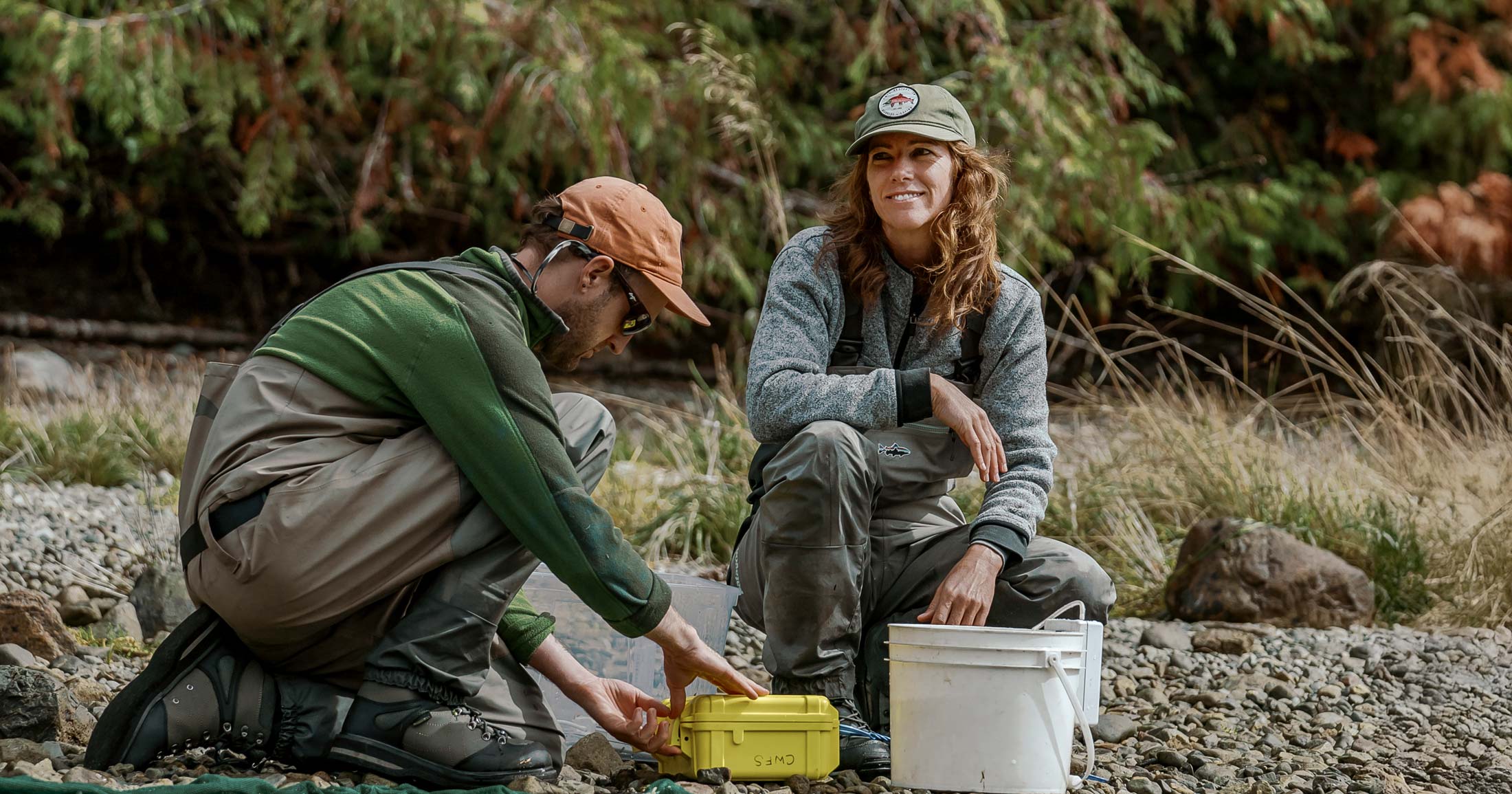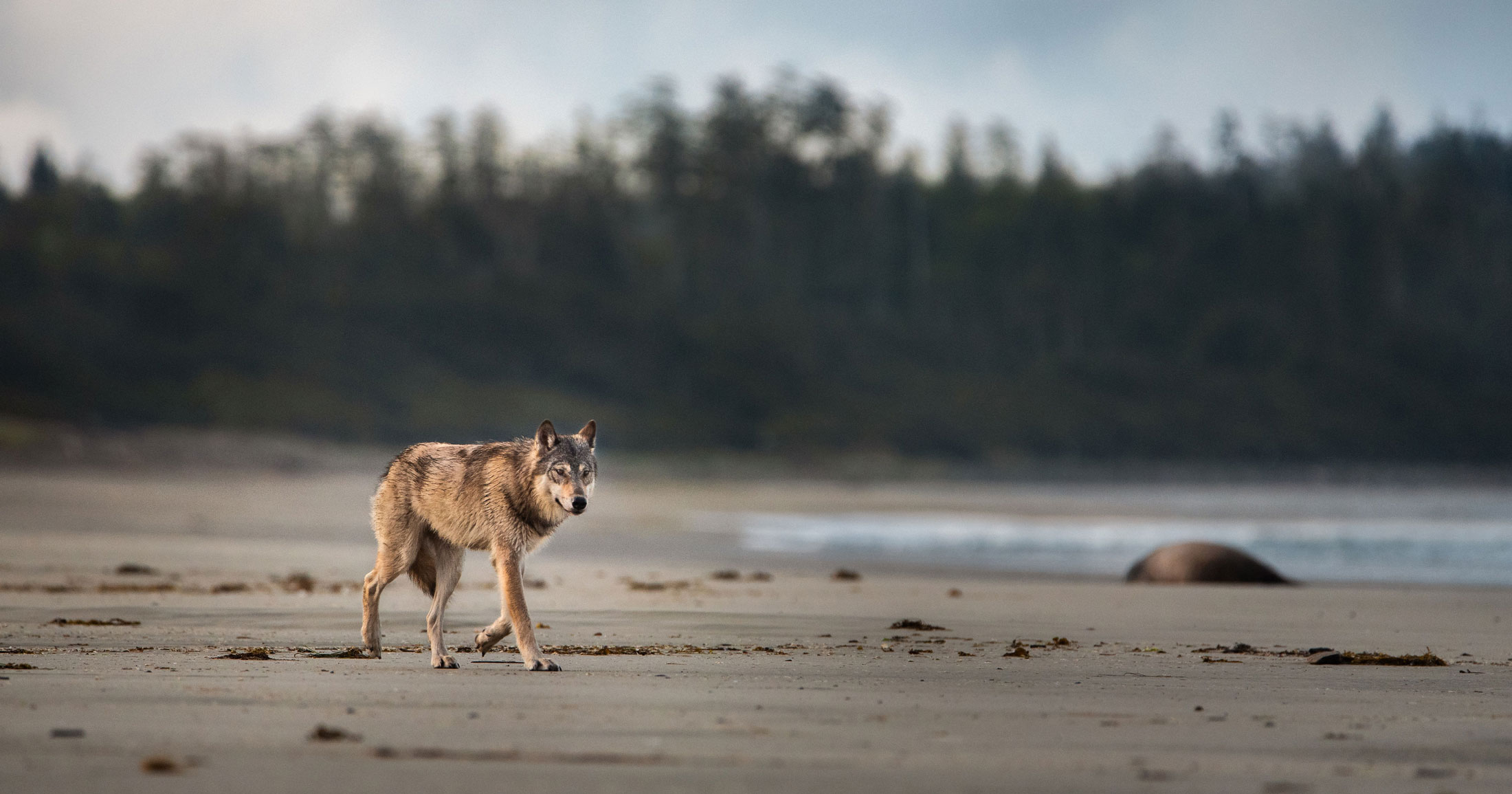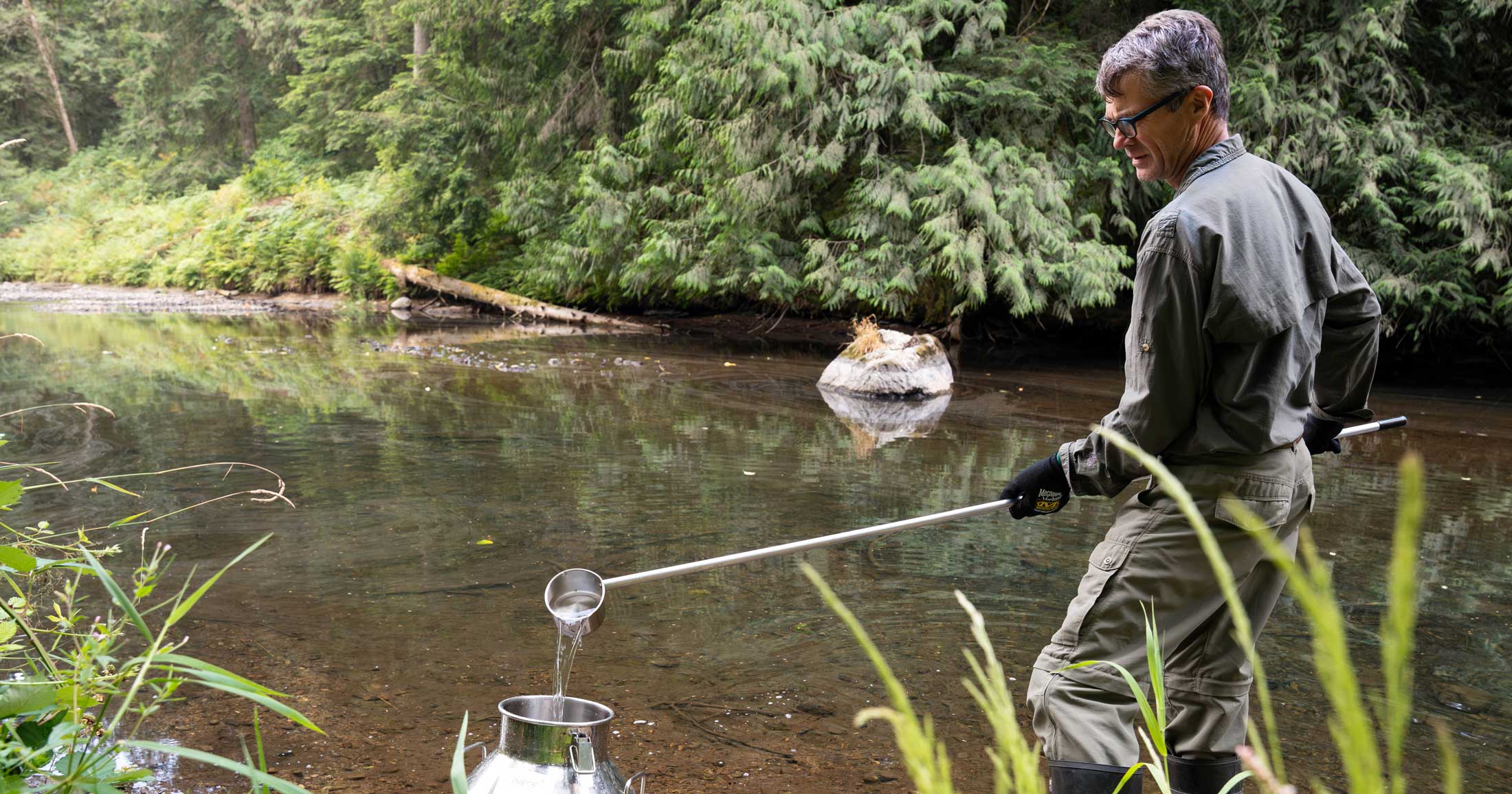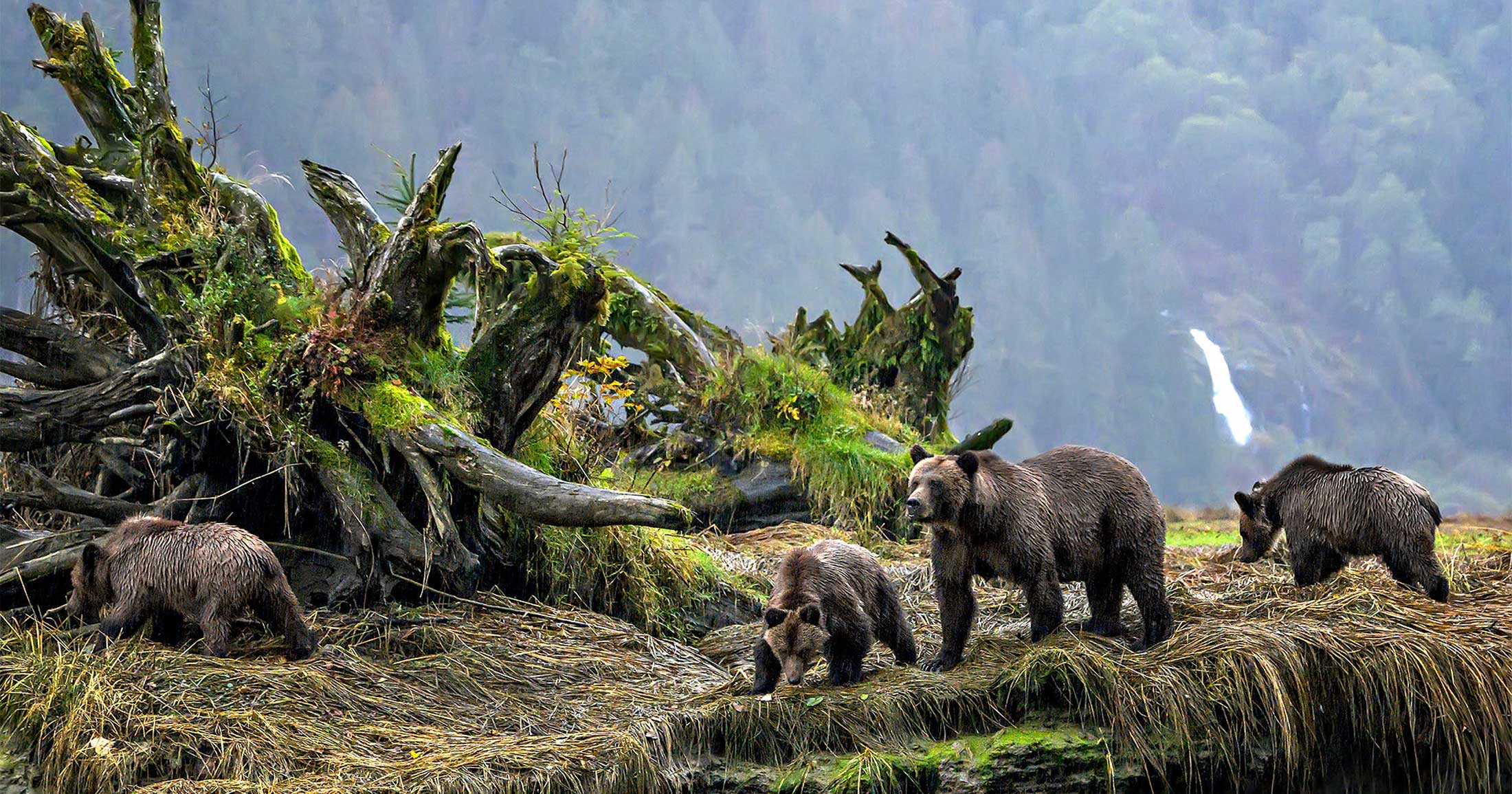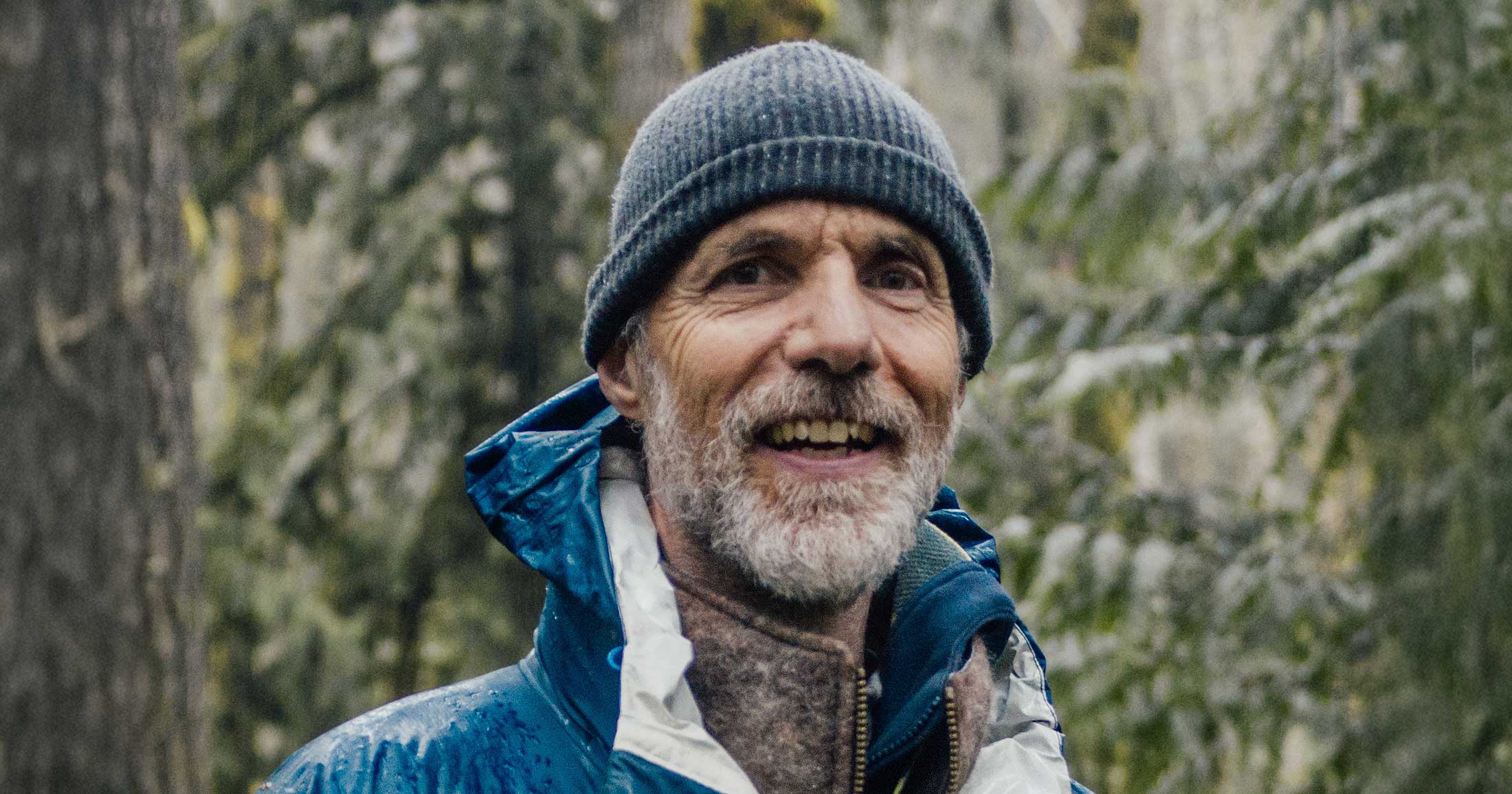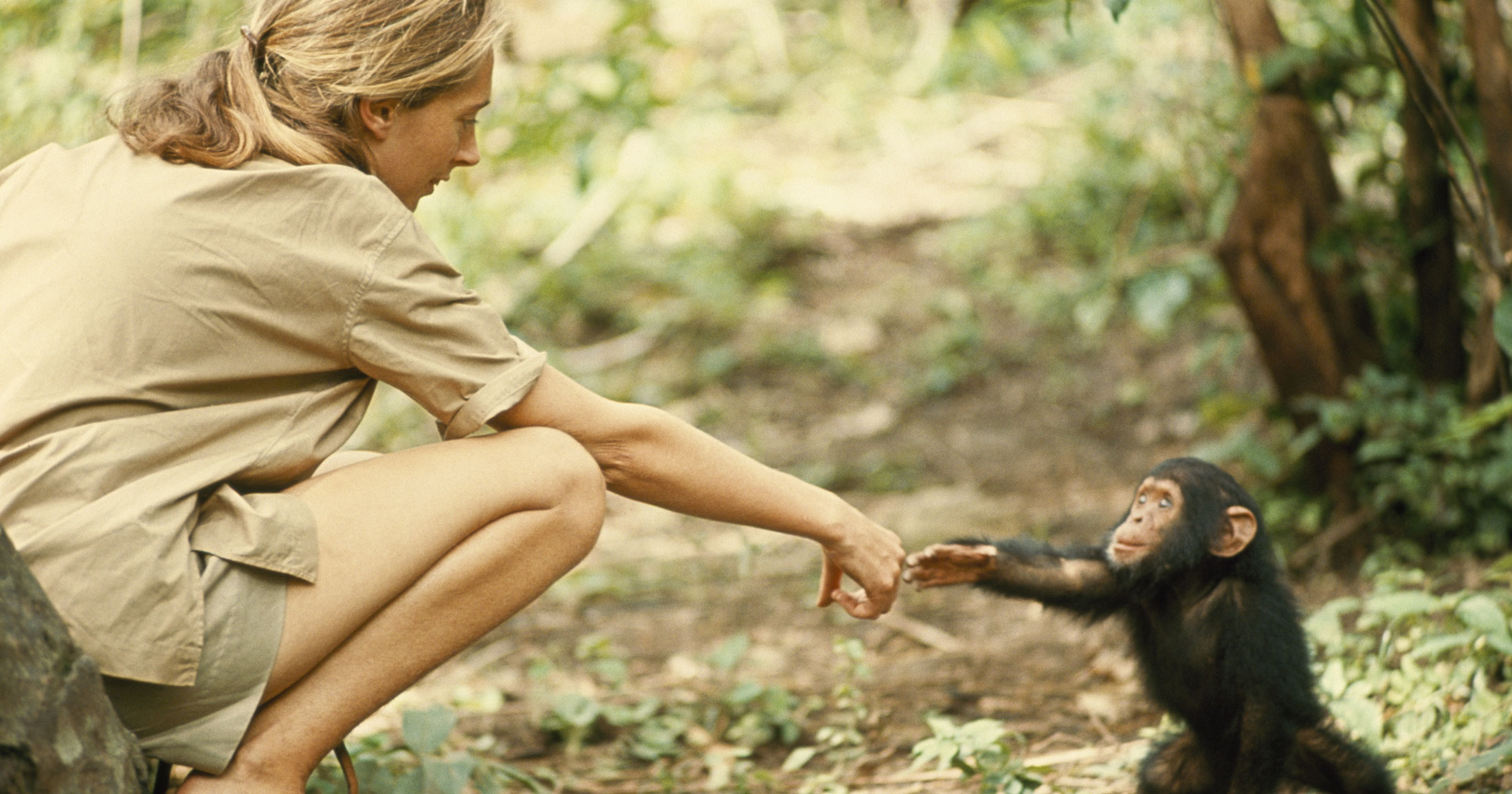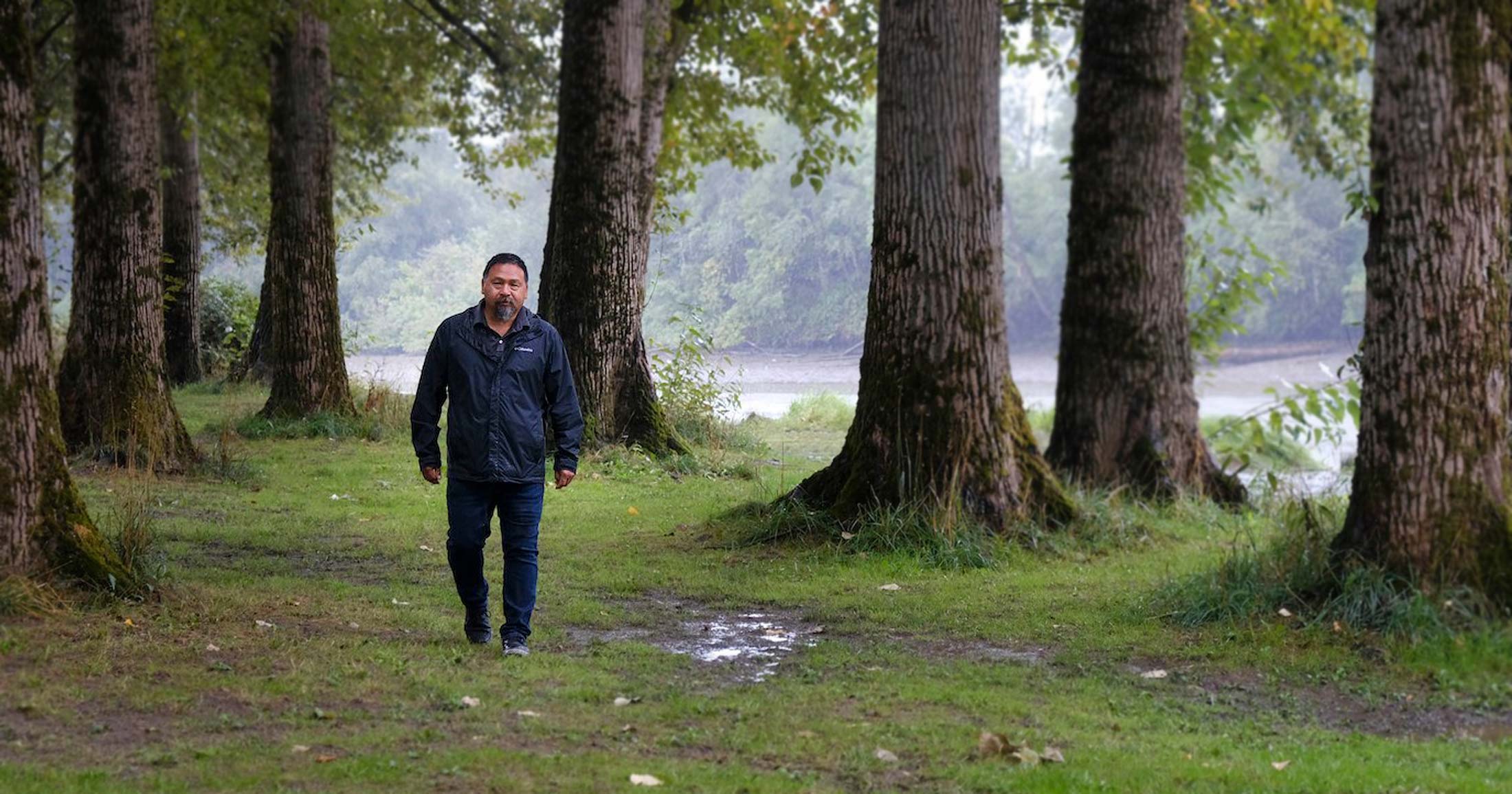Mapping and restoring thermal refuges in the Nicola watershed
These habitats play an important role in allowing salmon to escape lethal temperatures during the summer, and will become increasingly more important as a buffer against the warming effects of climate change.
Climate change is an intensifying threat to wild salmon in the Nicola watershed. Located in the southern interior of BC, the region is experiencing hotter, drier summers as a result of climate change. These changes have raised the water temperature of many streams in the watershed, impacting migration success, juvenile growth, and contributing to pre-spawn mortality.
Thermal refuges are sites within a stream that are significantly cooler than the surrounding water. These habitats occur in areas of groundwater upwelling, cold tributary confluences, deep pools, and areas of hyporheic (subsurface) flow. These habitats play an important role in allowing salmon to escape lethal temperatures during the summer, and will become increasingly more important as a buffer against the warming effects of climate change.
Mapping
Using thermal infrared drones, we are identifying thermal refuges in the Coldwater River, the largest tributary of the Nicola River. Once identified, we conduct snorkel surveys to characterize aquatic habitat and understand how salmon use these sites. These data will be compiled into an accessible online map that can be used by conservation and restoration practitioners working in the Nicola.

Habitat restoration
We are applying process-based habitat restoration principles to our thermal refuge sites to improve their function and value for salmon. A variety of low-tech restoration techniques are being studied and piloted, including in-stream rock weirs, willow staking, and large woody debris addition.

Climate emergency response
Working with local ranchers, the Ministry of Water, Land, and Resource Stewardship, and the Pacific Salmon Foundation, we are exploring short-term climate emergency response actions that can be implemented in-season during extreme heat or drought events. One of these actions is pumping groundwater into streams, which preliminary research has shown can immediately create new thermal refuges to support salmon during their critical spawning period. Part of this work includes building a decision-making framework to inform when and where these actions can take place.

You can help
Raincoast’s in-house scientists, collaborating graduate students, postdoctoral fellows, and professors make us unique among conservation groups. We work with First Nations, academic institutions, government, and other NGOs to build support and inform decisions that protect aquatic and terrestrial ecosystems, and the wildlife that depend on them. We conduct ethically applied, process-oriented, and hypothesis-driven research that has immediate and relevant utility for conservation deliberations and the collective body of scientific knowledge.
We investigate to understand coastal species and processes. We inform by bringing science to decision-makers and communities. We inspire action to protect wildlife and wildlife habitats.

